The global trade of dates—sweet, chewy fruits harvested from the date palm tree—is an essential segment of the international fruit market. As global demand continues to rise due to dates’ nutritional benefits and their popularity in traditional and health-conscious diets, the market dynamics between top exporting and importing countries become increasingly significant. This article offers an in-depth overview of the global market for date exports and imports, exploring major players, emerging trends, and trade statistics shaping this vital agricultural sector.
Global Production and Trade Significance
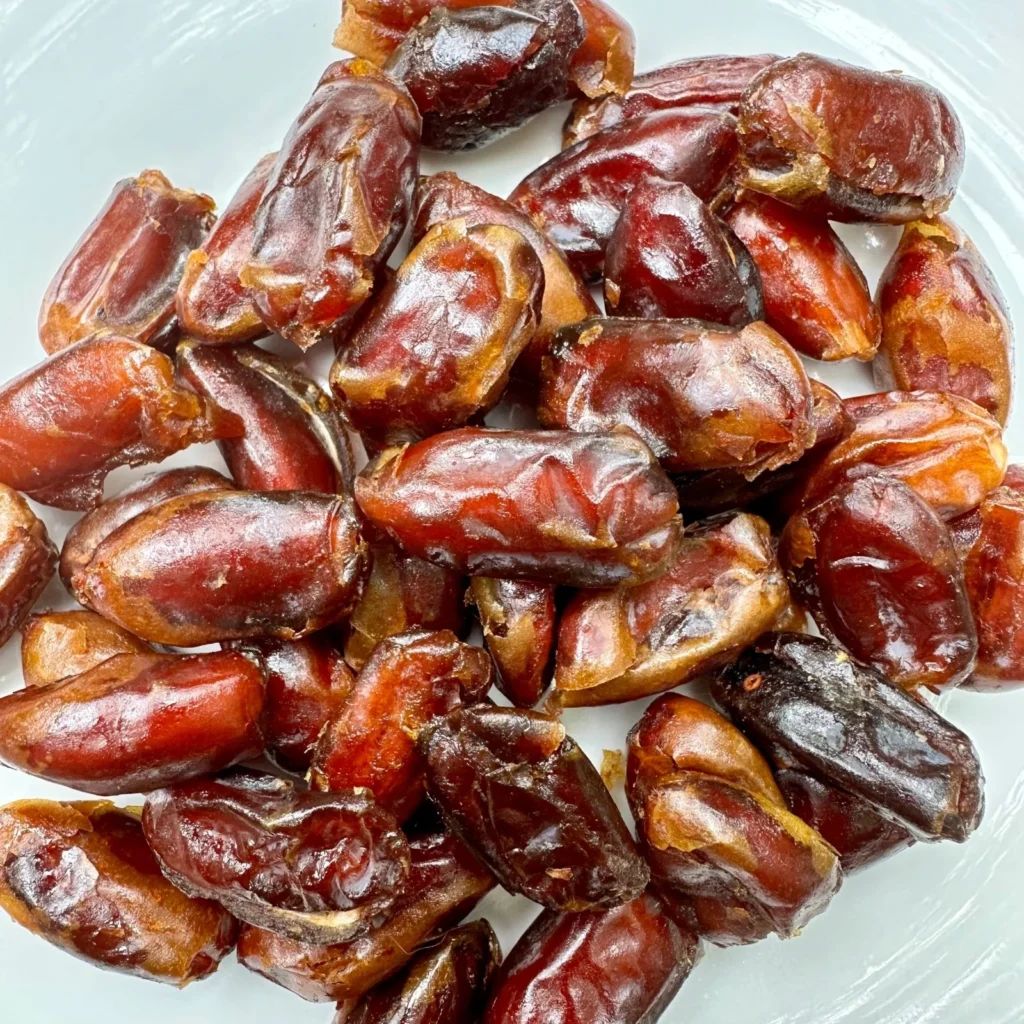
Date palms are primarily cultivated in arid and semi-arid regions, where the hot and dry climate provides optimal growing conditions. According to the Food and Agriculture Organization (FAO), global date production surpassed 9.5 million metric tons in recent years, with a significant portion destined for export. Dates are a vital economic crop in several countries across the Middle East, North Africa, and South Asia. The growth in demand for organic, processed, and fresh dates has fueled an upward trend in both exports and imports.
Top Date Exporting Countries
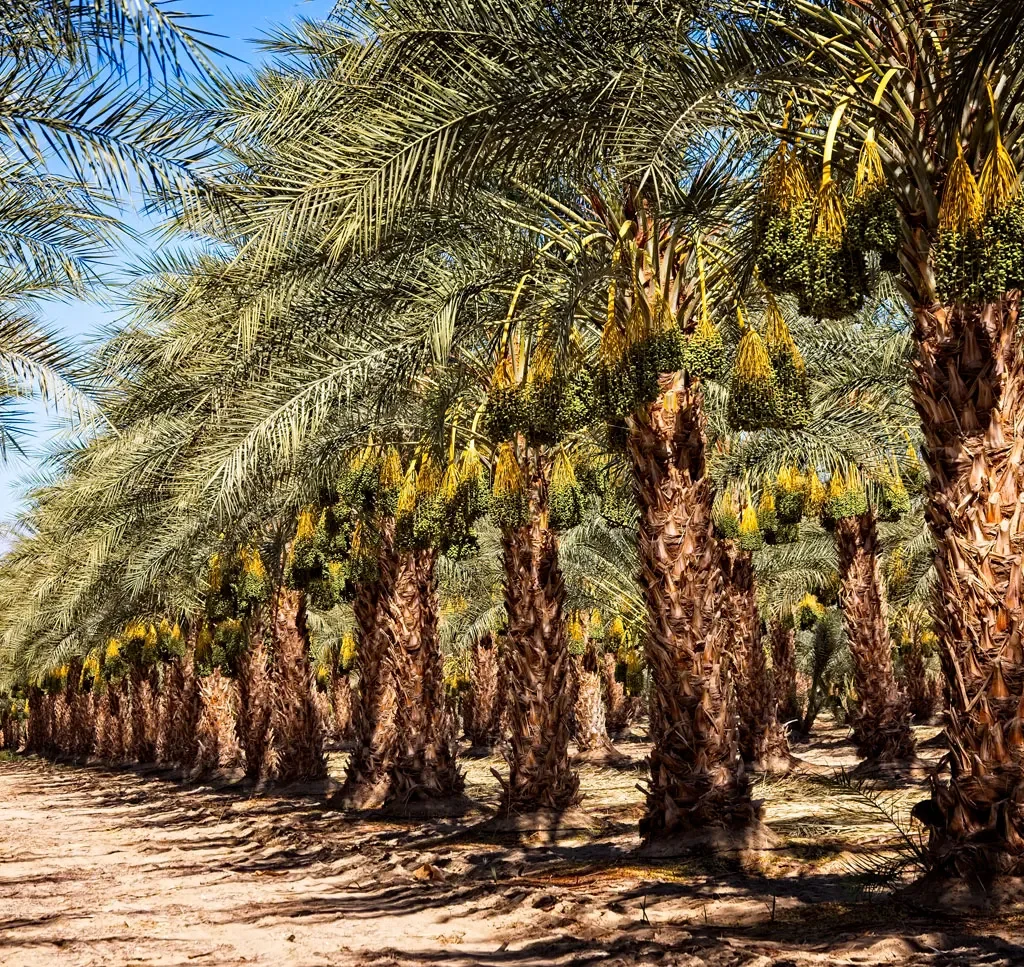
The global export market for dates is dominated by a few key countries that boast ideal growing conditions and established trade infrastructure.
1. United Arab Emirates (UAE)
The UAE is one of the top global exporters of dates. Despite not being the largest producer, the country benefits from a well-developed logistics sector and favorable trade agreements. The UAE acts as a major re-export hub, importing dates from neighboring countries like Saudi Arabia and Iran and then exporting them globally.
- Annual export value: Over $300 million
- Top destinations: India, Indonesia, Bangladesh, and European nations
2. Saudi Arabia
As one of the world’s leading producers and exporters of high-quality dates such as Ajwa, Safawi, and Sukari, Saudi Arabia has made substantial investments in modernizing its date farming and packaging facilities.
- Annual export value: Approximately $250 million
- Top markets: UAE, Jordan, India, and Malaysia
3. Iran
Iran has long been a heavyweight in the date industry, especially with varieties like Mazafati and Piarom. Despite facing international trade sanctions, the country still maintains a strong presence in regional markets.
- Annual export volume: Over 300,000 metric tons
- Top destinations: India, Pakistan, Iraq, and Central Asian countries
4. Tunisia
Tunisia is a leading African date exporter, known particularly for its premium Deglet Nour variety. The government has actively supported organic and fair-trade certifications to increase its global appeal.
- Annual export value: Nearly $120 million
- Primary markets: France, Germany, Italy, and the United States
5. Algeria
Algeria exports large volumes of dates primarily to Europe and other North African countries. The Deglet Nour variety from Algeria is internationally acclaimed and is grown in the country’s southern oases.
Top Date Importing Countries
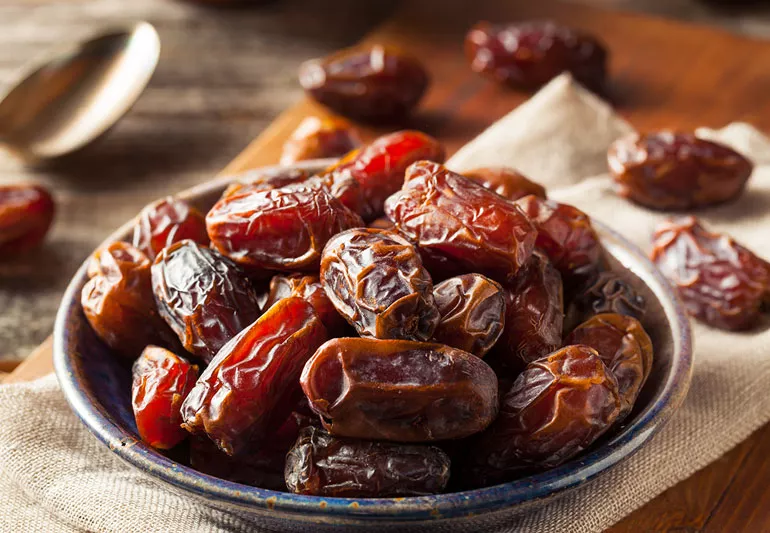
Date consumption has expanded beyond traditional markets due to rising interest in plant-based and nutrient-rich foods. Here are the leading importers:
1. India
India is the world’s largest importer of dates, importing over 400,000 metric tons annually. Dates are widely consumed during Ramadan and are used in sweets and health foods.
- Primary sources: UAE, Iran, and Saudi Arabia
- Reasons for demand: Religious consumption, health trends, and a large vegetarian population
2. Morocco
Morocco, despite being a producer, also imports significant quantities of dates, particularly during Ramadan when domestic demand spikes.
- Key suppliers: Tunisia and Algeria
- Consumption patterns: Religious festivals, traditional cuisine
3. Indonesia
With a large Muslim population, Indonesia has a high demand for dates, especially during religious holidays. It primarily imports from Middle Eastern countries.
- Annual imports: Approx. 150,000 metric tons
- Popular varieties: Ajwa and Sukari
4. France
France is among the leading European importers of dates. There is high demand for organic and fair-trade varieties among health-conscious consumers.
- Key suppliers: Tunisia and Algeria
- Consumer base: Health food enthusiasts, ethnic communities, and gourmet food markets
5. United States
The U.S. market for dates is growing, driven by a health-conscious population that uses dates in smoothies, bars, and desserts.
- Import volumes: Over 30,000 metric tons annually
- Preferred types: Medjool (from Israel and the U.S. itself) and Deglet Nour
Market Trends Influencing Trade

1. Organic and Premium Dates
Consumers globally are shifting toward organic and premium date varieties. Countries like Tunisia and Saudi Arabia are capitalizing on this trend by increasing organic certification and branding efforts.
2. Processed Date Products
Date syrups, pastes, and snack bars have seen a surge in demand, particularly in health-food markets. Exporters are now investing in value-added date products, opening new trade opportunities.
3. Logistics and Packaging Innovations
Innovations in cold-chain logistics and eco-friendly packaging have allowed producers to extend shelf life and reduce wastage, making long-distance exports feasible even to far-off markets like Japan, South Korea, and the U.S.
4. Religious and Cultural Influence
Dates hold deep cultural and religious significance in Muslim-majority countries, making Islamic holidays like Ramadan critical demand periods. Exporters plan their production and distribution around these peaks.
Trade Barriers and Challenges
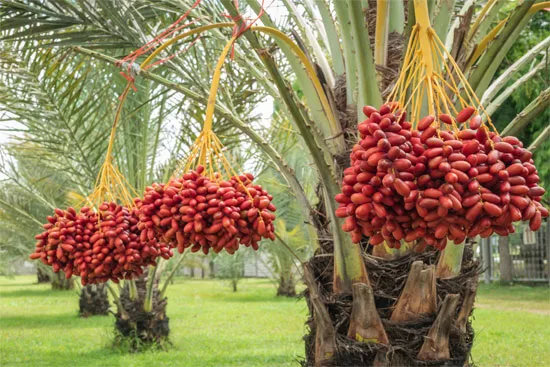
While the date trade is growing, it’s not without obstacles:
- Geopolitical issues: Sanctions on countries like Iran impact trade routes and volumes.
- Quality standards: Stringent import regulations in Europe and North America require high levels of compliance in terms of hygiene, pesticide residues, and certifications.
- Climate change: Increased heatwaves and water scarcity in date-producing countries threaten yield and quality.
Future Outlook of the Global Date Market
The global date market is poised for steady growth. According to market research, the global date fruit market is expected to reach $18 billion by 2030, growing at a CAGR of 5.2%. Key drivers include:
- Rising consumer awareness about the nutritional benefits of dates
- Innovations in processing and packaging
- Expanding export markets in Asia, Europe, and North America
- Supportive government policies and international trade collaborations
Conclusion
The global market for dates is a dynamic ecosystem with specific regional strengths and trade interdependencies. While countries like the UAE, Saudi Arabia, Iran, and Tunisia dominate the export side, India, Indonesia, and France are major importers fueling global demand. As consumer preferences evolve and health food markets expand, the trade in dates will continue to grow, presenting new opportunities for both producers and exporters. Understanding this landscape is essential for stakeholders looking to invest, trade, or expand within the date fruit industry.
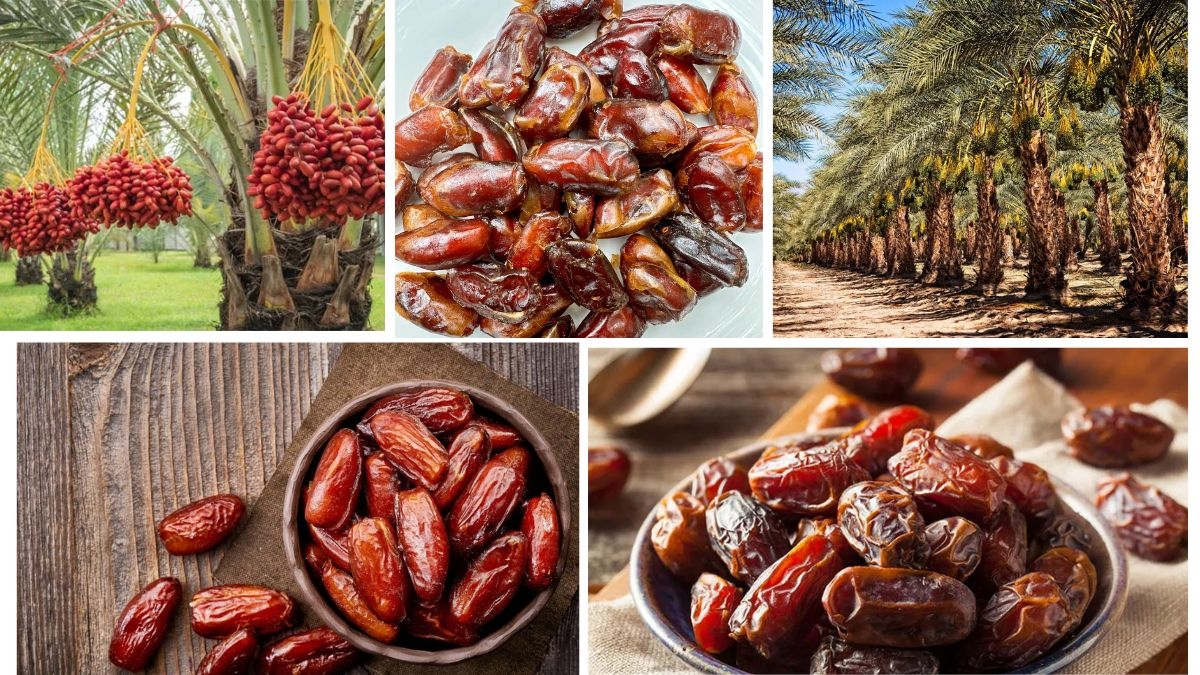





Leave A Comment